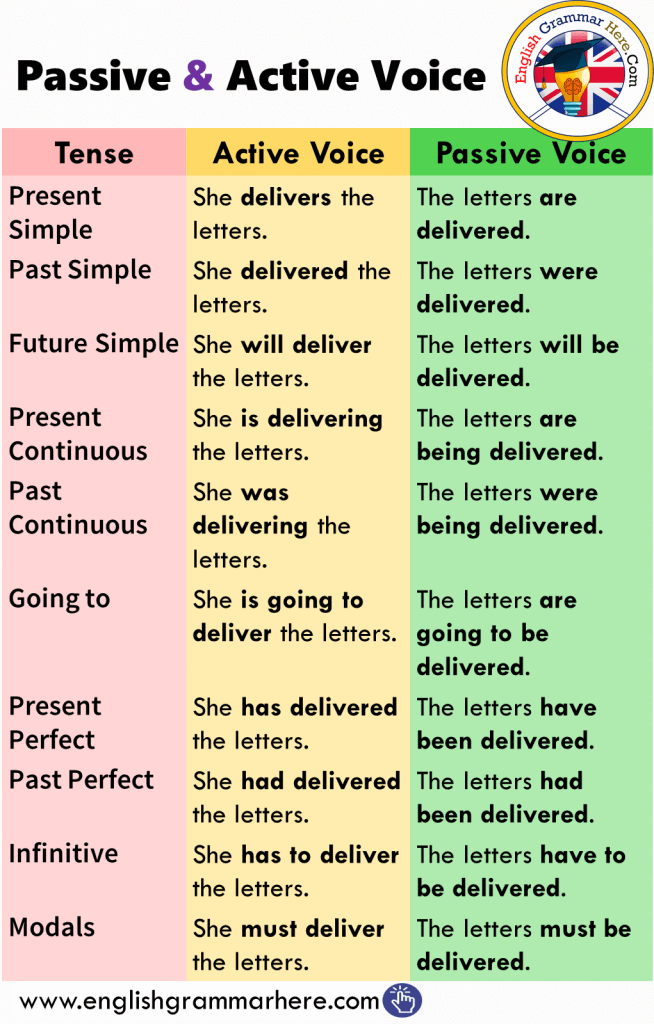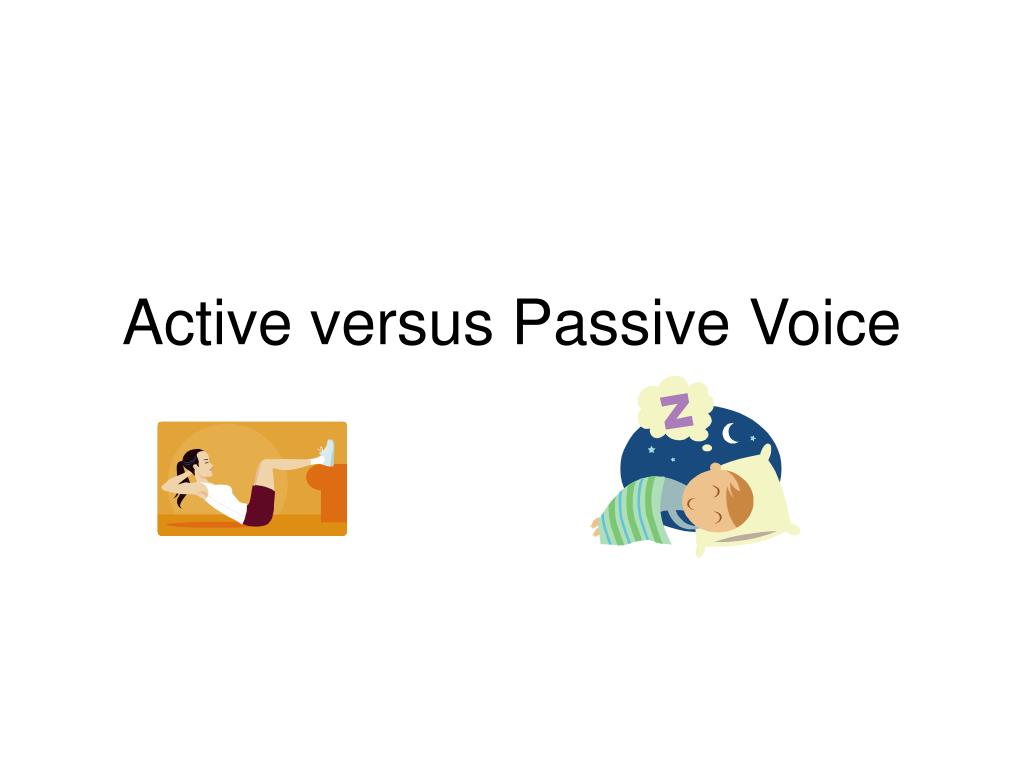
The passive voice has a subtler tone than the active voice has. The Philippines is known for its marine biodiversity. Take a look at the example sentences below: However, sentences written in the passive voice don’t necessarily need a preposition. Take a look at this sentence in the passive voice: Often, sentences in the passive voice are longer than sentences in the active voice simply because they have to include additional words like prepositions. The sentences now contain a conjugated form of “to be” ( is ) and the main verb’s past participle ( liked and loved ). Notice how the targets of the action-also the direct objects of the sentences-are now the focus. Take a look at the previous examples, now written in passive voice: Every sentence in the passive voice contains two verbs: Or, to put it in the passive voice, the subject is acted upon by the verb. In the passive voice, the action’s target is the focus, and the verb acts upon the subject. Use it when you want the reader to focus on the subject of your sentence and the action it is doing rather than on the action’s target.

The active voice has a direct, clear tone. No matter what verb you use, structuring your sentence so the subject performs the verb is writing in the active voice. Here are two examples of sentences in the active voice: Active voiceĪs we’ve learned, in the active voice, the sentence’s subject performs the action.
PASSIVE VS ACTIVE VOICE HOW TO
For now, let’s look at how to recognize the active voice and the passive voice in your writing and in others’ work. There’s also a reason why the authors of opinion pieces sound so sure of their positions: They usually write in the active voice.Īlthough the idea of teachers telling their students to avoid the passive voice is repeated so frequently that it feels like a trope, the truth is that the passive voice does have its applications. There’s a reason why news anchors sound detached from the stories they’re reporting: They often speak using the passive voice.

Neither is inherently better than the other, but each is suited to certain types of writing. In other words, the subject is passive :Īctive and passive are the two grammatical voices in English. The sentence gets flipped, and the subject is now being acted upon by the verb.

In the passive voice, the action’s target, ball, is positioned first as the focus of the sentence.

This is a simple, direct example of the active voice. Notice how the subject, dog, is performing the action, chase, on the target of the action, ball. In the active voice, the subject is performing an action: Use the passive voice when it is more important to focus on the recipient of an action than on who performed the action, such as when describing an experimental setup.Grammarly helps you communicate confidently Write with Grammarly What is active voice, what is passive voice, and what are their different functions?.Use the active voice as much as possible to create direct, clear, and concise sentences, especially when you are writing about the actions of people.However, writers often overuse the passive voice. If the subject is omitted (e.g., “the cookies were eaten”), it may result in confusion about who performed the action (did the children eat the cookies, or was it the dog?).īoth the active and the passive voice are permitted in APA Style. Passive voic e: the object of the verb is followed by the verb (usually a form of “to be” + past participle + the word “by”) and then the subject (e.g., “the cookies were eaten by the children”).Active voice: the subject of a sentence is followed by the verb and then the object of the verb (e.g., “the children ate the cookies”).Voice describes the relationship between a verb and the subject and object associated with it.


 0 kommentar(er)
0 kommentar(er)
